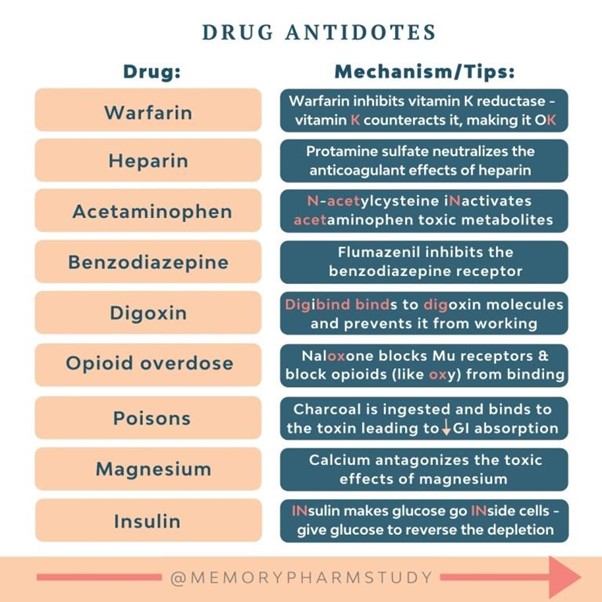A nurse is assessing a client who has ovarian cancer and is receiving paclitaxel. Which of the following findings is the priority for the nurse to report to the provider?
Alopecia
Muscle pain
Nausea
Bradycardia
The Correct Answer is D
A. Alopecia: Alopecia, or hair loss, is a common side effect of many chemotherapy drugs, including paclitaxel. While it can be distressing for the client, alopecia is not a life-threatening side effect and does not require immediate intervention. It is essential for the nurse to provide emotional support to the client experiencing hair loss and educate them about potential ways to cope with it.
B. Muscle pain: Muscle pain, also known as myalgia, is another common side effect of paclitaxel and many other chemotherapy agents. While it can cause discomfort for the client, myalgia is generally managed with pain medications and supportive care. It is not a priority finding that requires immediate reporting to the provider unless it becomes severe or debilitating.
C. Nausea: Nausea is a well-known side effect of chemotherapy, including paclitaxel. It is often managed with antiemetic medications and other supportive measures. While severe or persistent nausea can lead to dehydration and other complications, it is not an immediate life-threatening concern in most cases.
D. Bradycardia: This is the correct answer. Bradycardia (slow heart rate) is a less common but more concerning side effect of paclitaxel. It may indicate potential cardiac toxicity, which is a serious and potentially life-threatening complication. The healthcare provider should be notified promptly so that appropriate evaluation and intervention can be initiated to manage any cardiac issues and prevent further complications.
Nursing Test Bank
Naxlex Comprehensive Predictor Exams
Related Questions
Correct Answer is D
Explanation
The nurse should report to the provider that the client is taking ginkgo biloba. Ginkgo biloba is an herbal supplement that can interact with clopidogrel and other antiplatelet medications. It may increase the risk of bleeding when taken concurrently with clopidogrel, which is an antiplatelet medication used to prevent blood clots after coronary artery stenting.
Let's go through the other options:
A. The client is taking acetaminophen: Acetaminophen is not known to have significant interactions with clopidogrel. It is a commonly used pain reliever and fever reducer and does not usually affect the antiplatelet activity of clopidogrel.
B. The client is taking valerian: Valerian is an herbal supplement often used as a sleep aid or to reduce anxiety. While there is limited evidence of significant interactions with clopidogrel, it is generally recommended to use caution when combining valerian with antiplatelet medications. However, it is not as concerning as ginkgo biloba in terms of potential bleeding risk.
C. The client is taking vitamin B6: Vitamin B6 is a water-soluble vitamin and is not expected to have significant interactions with clopidogrel. It is generally considered safe to use vitamin B6 with antiplatelet medications like clopidogrel.
Correct Answer is C
Explanation
Flumazenil is the antidote for diazepam, which is a benzodiazepine. Flumazenil is a selective antagonist that can reverse the sedative effects of benzodiazepines and is commonly used in cases of benzodiazepine overdose or to reverse sedation after procedures.
Naloxone (A) is the antidote for opioid overdose and would not be appropriate for reversing the effects of diazepam.
Atropine (B) is an anticholinergic medication used to increase heart rate and is not specific to the reversal of diazepam sedation.
Neostigmine (D) is a cholinesterase inhibitor used to reverse the effects of non-depolarizing neuromuscular blocking agents and is not indicated for reversing the effects of diazepam.

Whether you are a student looking to ace your exams or a practicing nurse seeking to enhance your expertise , our nursing education contents will empower you with the confidence and competence to make a difference in the lives of patients and become a respected leader in the healthcare field.
Visit Naxlex, invest in your future and unlock endless possibilities with our unparalleled nursing education contents today
Report Wrong Answer on the Current Question
Do you disagree with the answer? If yes, what is your expected answer? Explain.
Kindly be descriptive with the issue you are facing.
